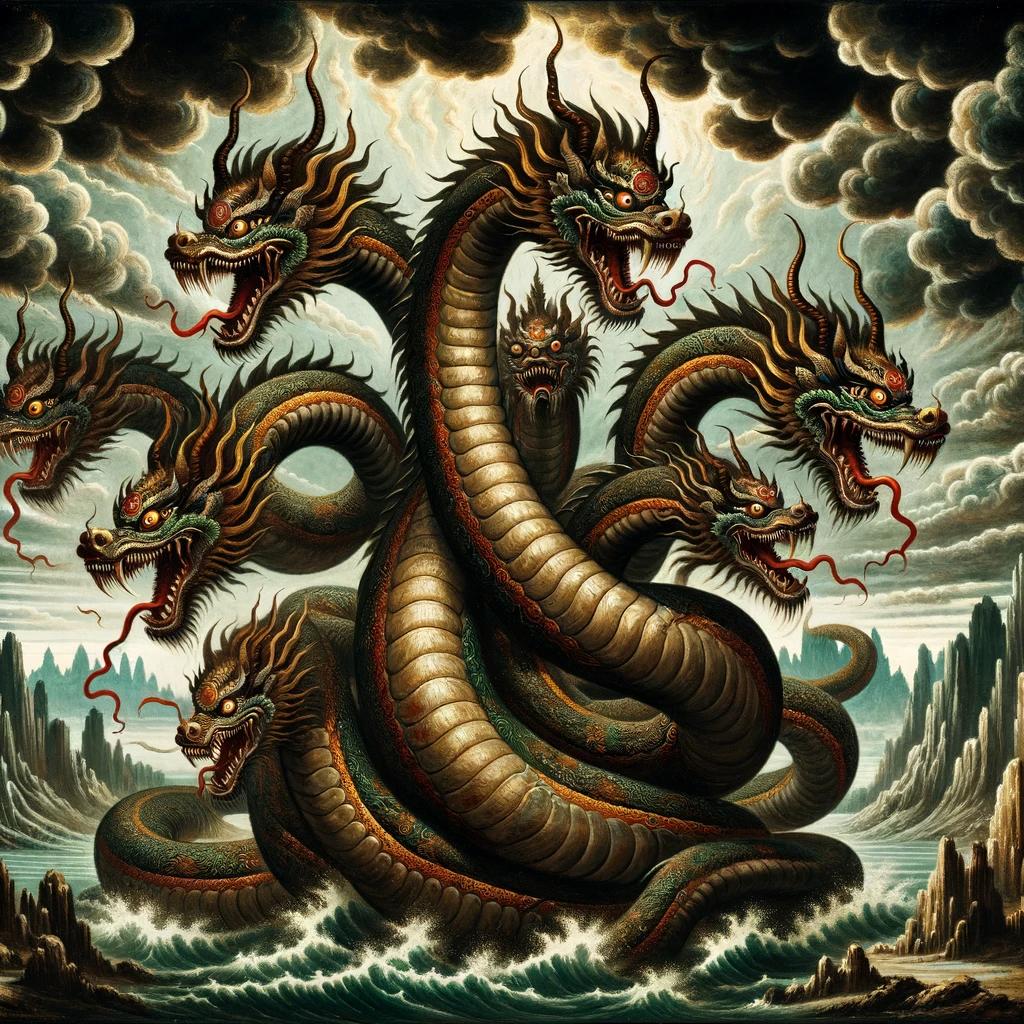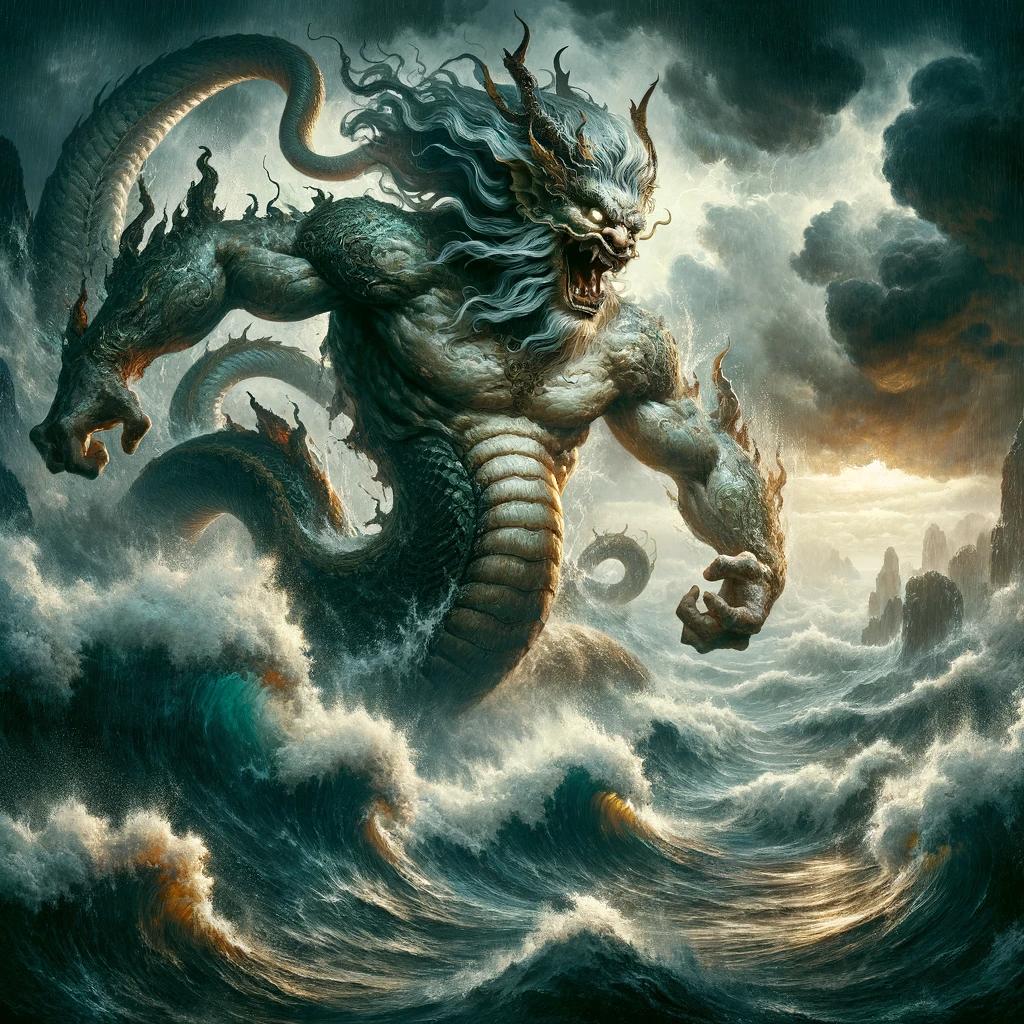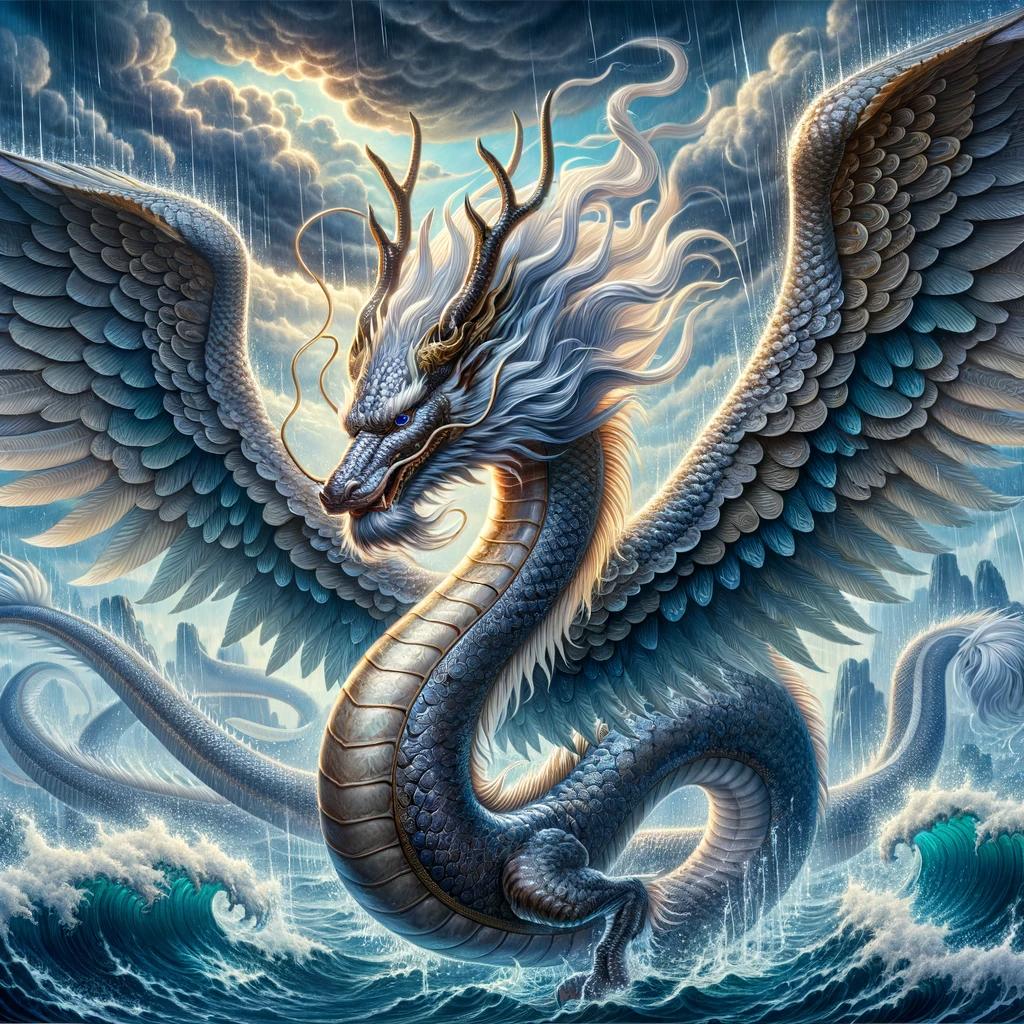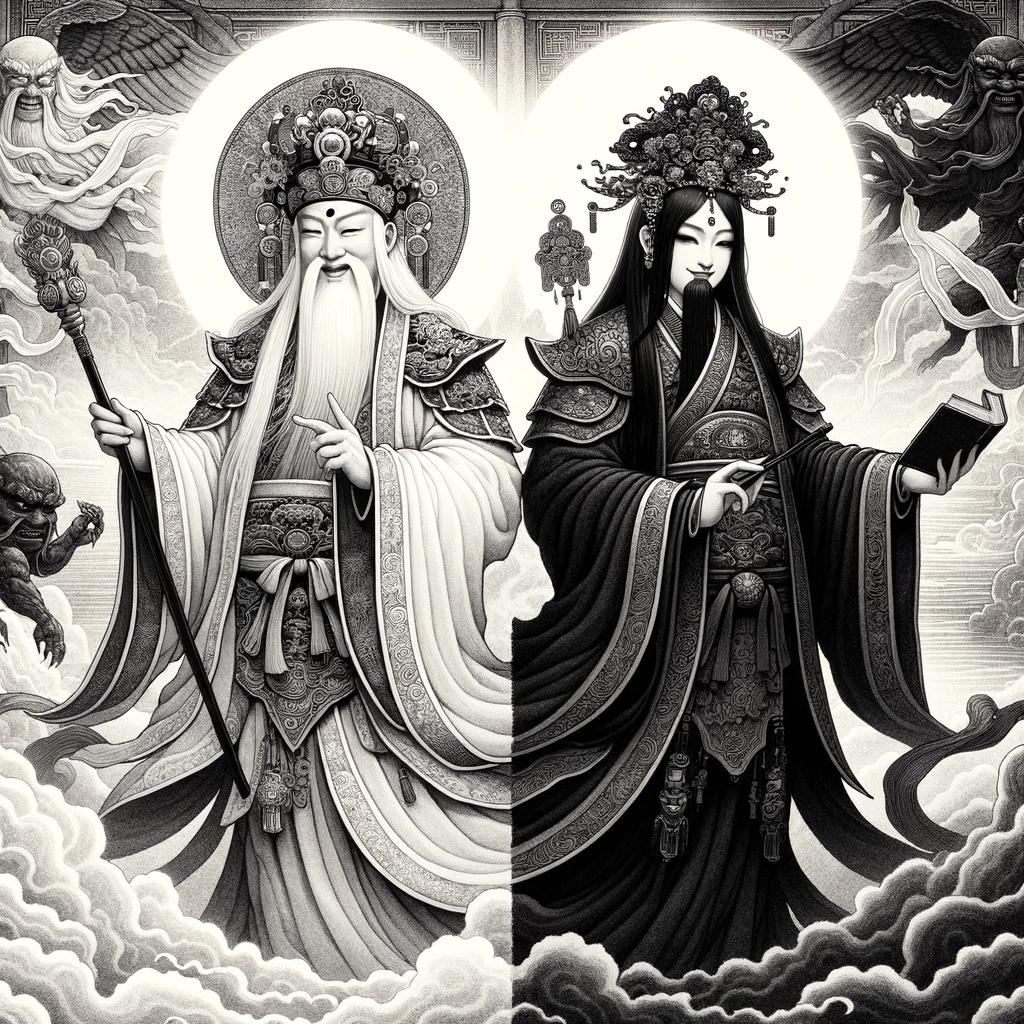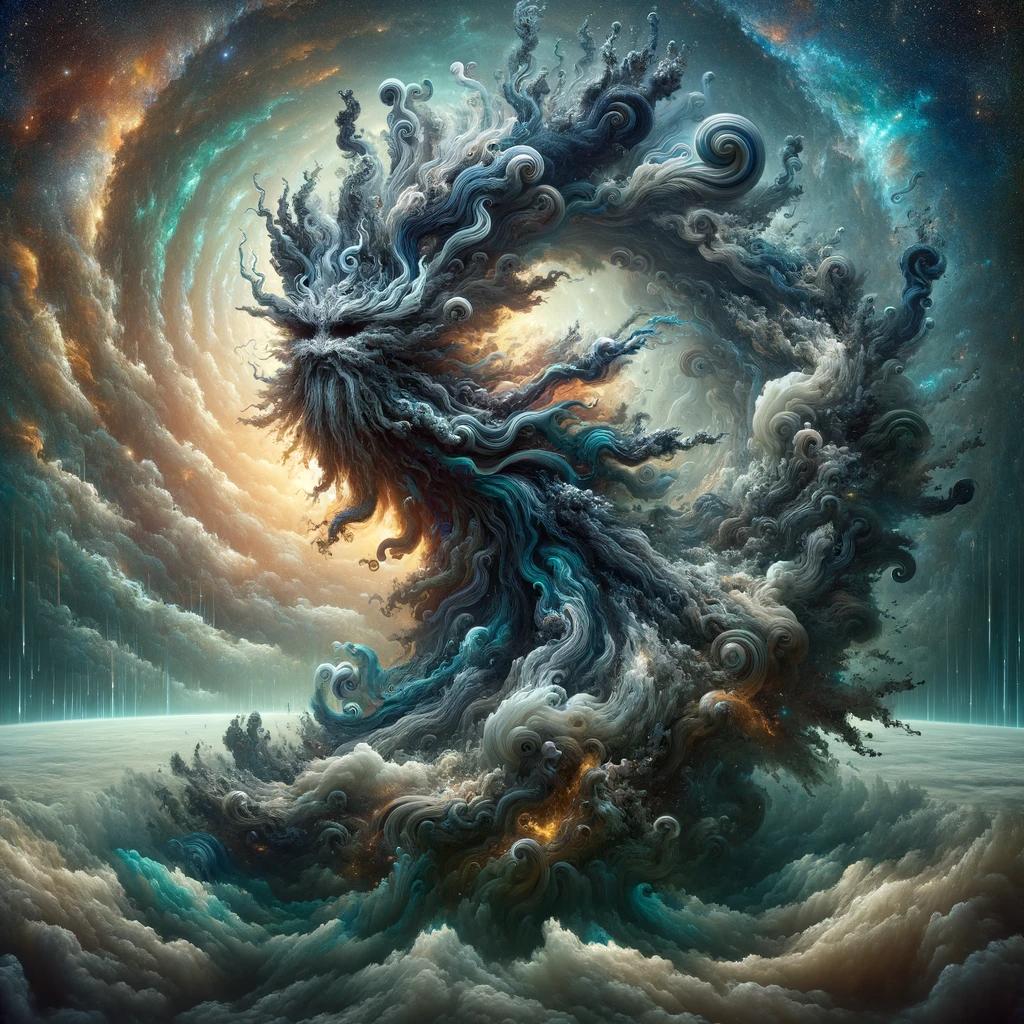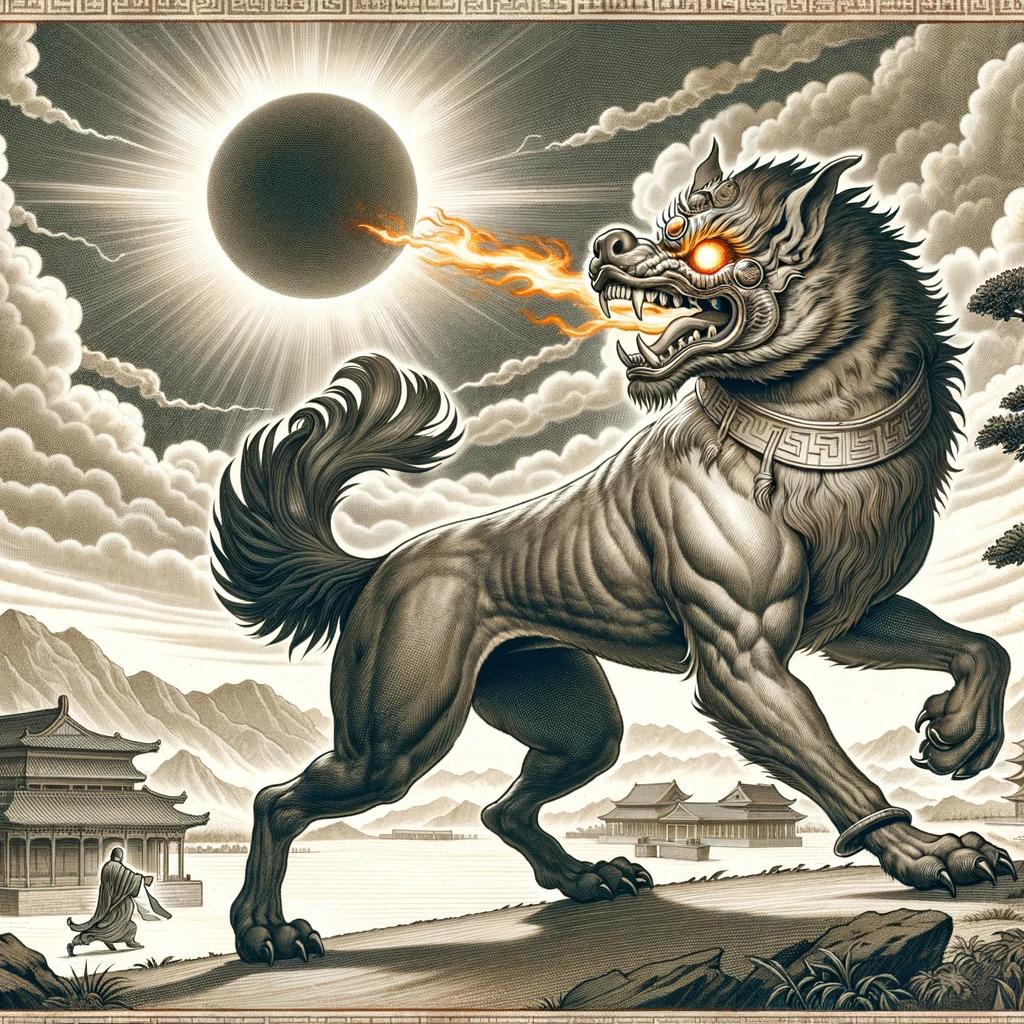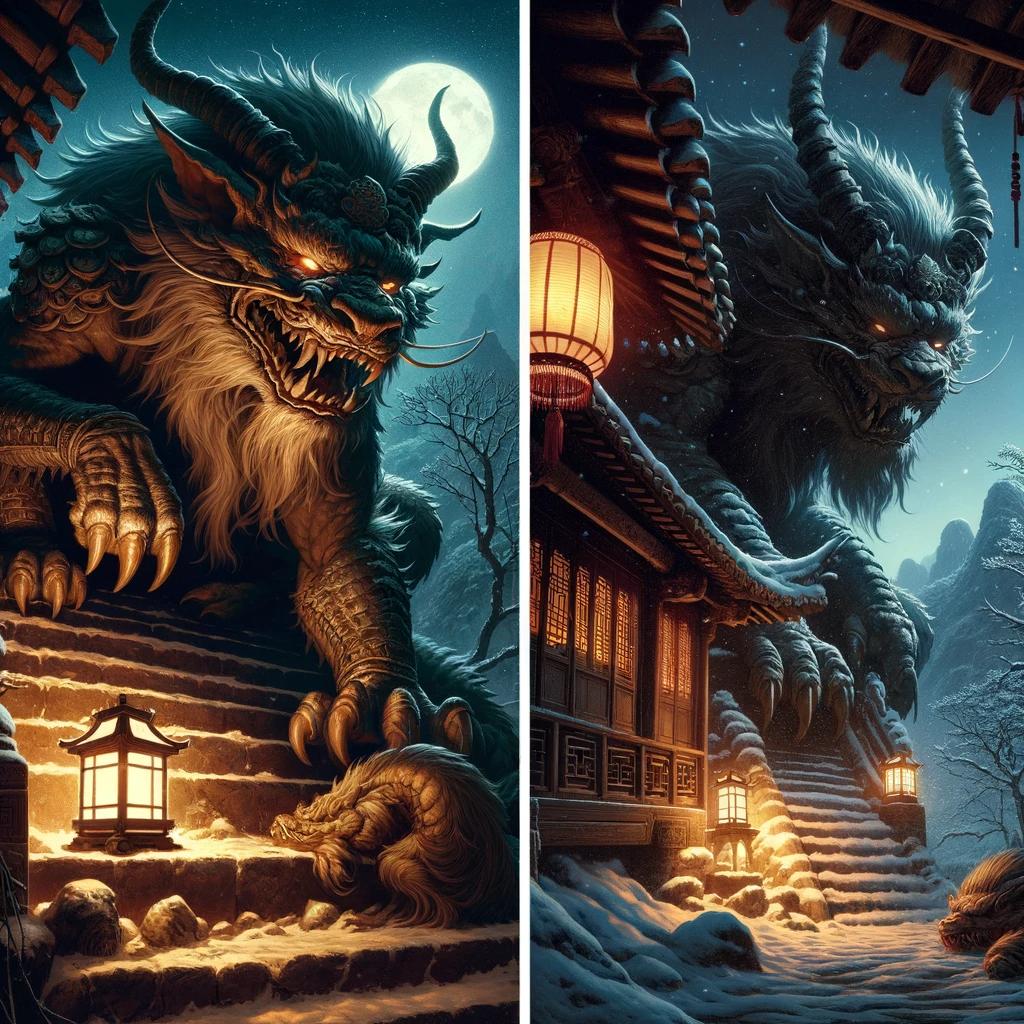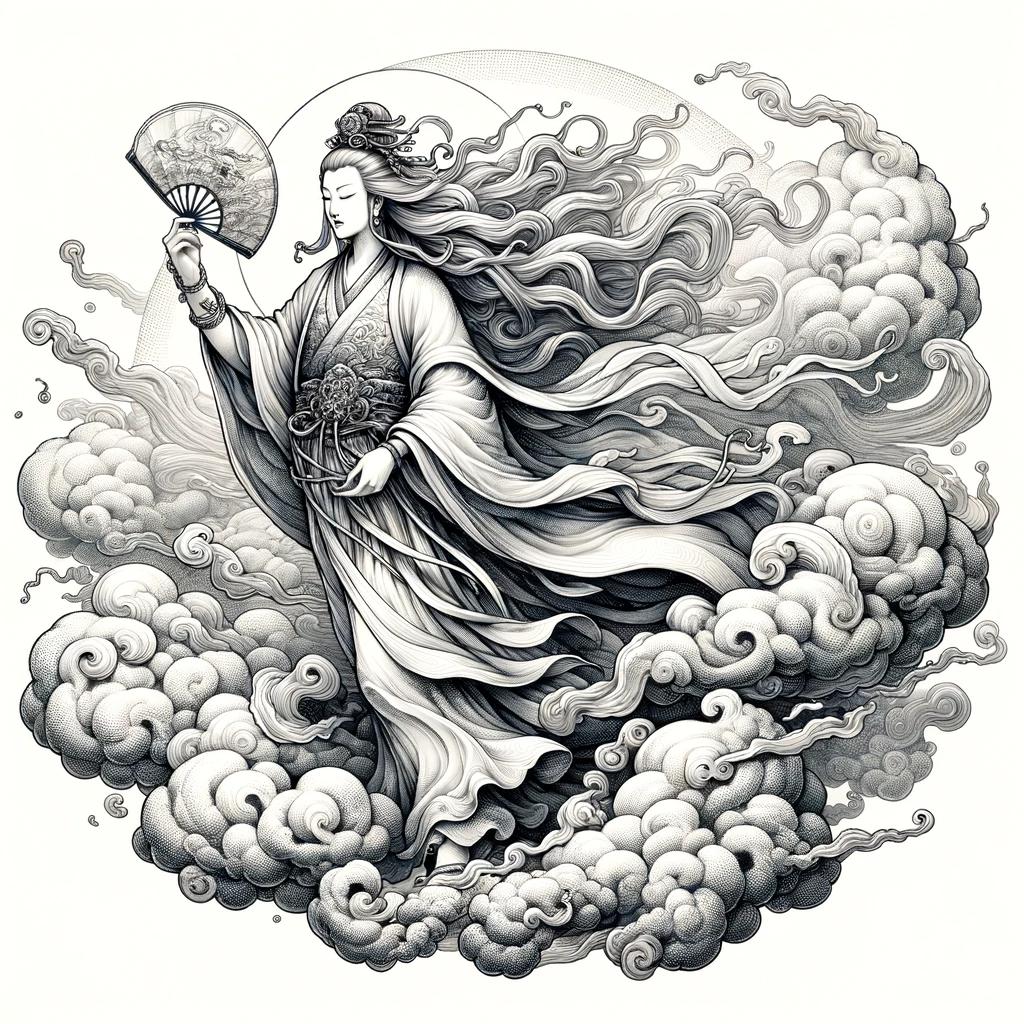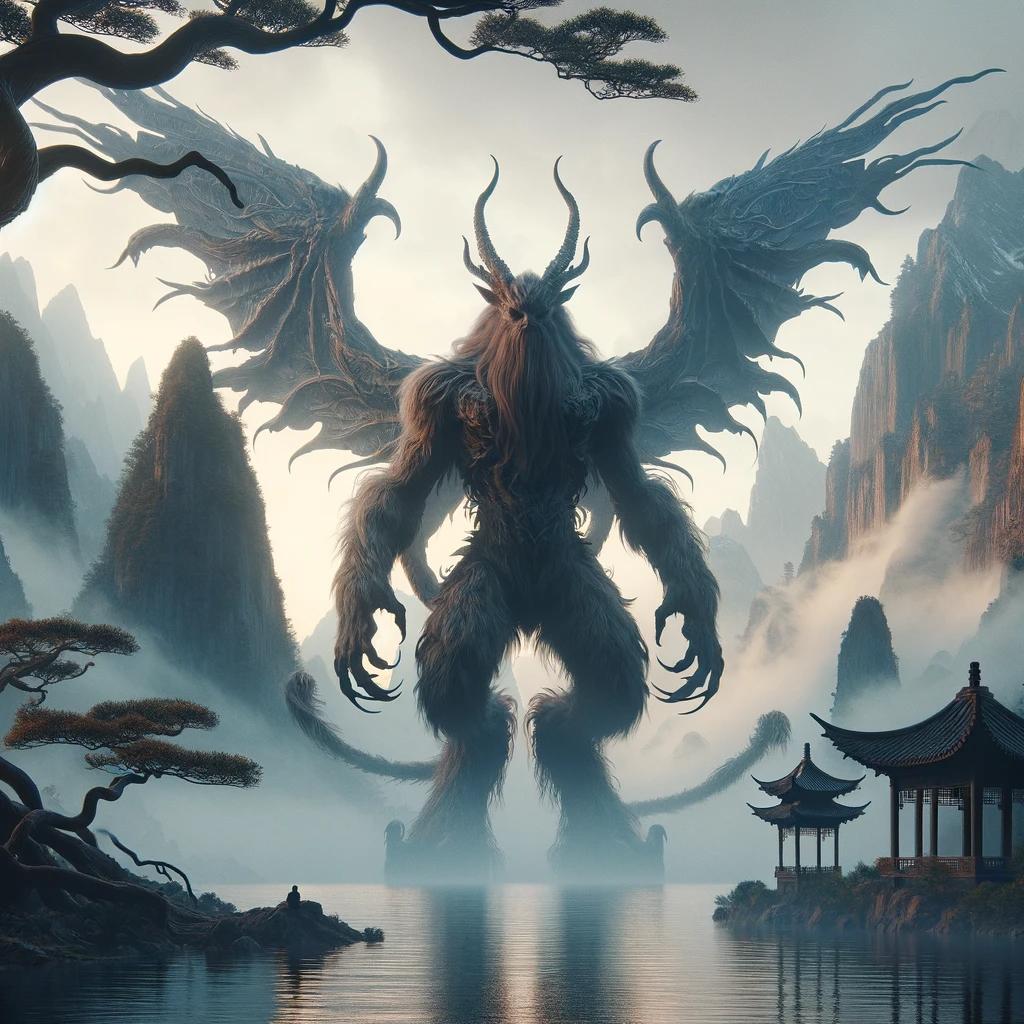Unveiling the Mysterious Xiangliu Snake Demon: A Supernatural Encounter
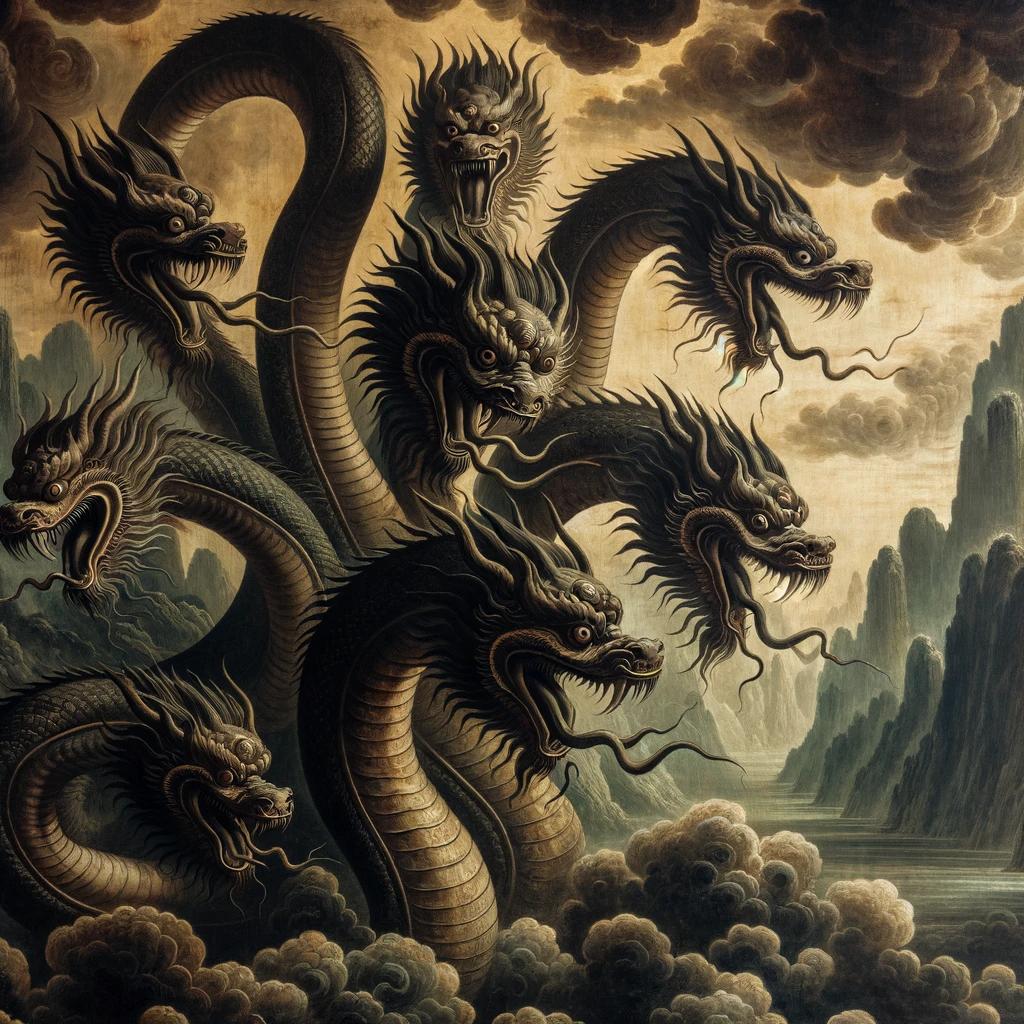
The Xiangliu Snake Demon is a captivating figure from Chinese mythology. Known for its nine heads and serpentine form, this legendary creature possesses unique powers and abilities. In this article, we’ll delve into the origins, mythology, and cultural significance of the Xiangliu Snake Demon.
We’ll also explore its presence in popular culture, its connections to other mythological beings, and its role in water element mythology. Join us on this intriguing journey to unravel the mysteries surrounding the enigmatic Xiangliu Snake Demon.
The Legend of Xiangliu Snake Demon
The Xiangliu Snake Demon has a captivating mythology with origins deeply rooted in Chinese folklore. This legendary creature’s origins and mythology shed light on its mysterious nature and powerful presence.
From its extraordinary powers and abilities to its unique nine heads and serpent form, Xiangliu Snake Demon embodies both fear and fascination.
Origins and Mythology
Within Chinese mythology, the Xiangliu Snake Demon has distinct origins and is often associated with ancient tales of supernatural beings. Its mythological narrative traces back to ancient times, intertwining elements of creation stories and legendary figures.
These stories provide insight into the birth and essence of the Xiangliu Snake Demon, unveiling its connections to the spiritual realm and its significance in mythology.
Powers and Abilities
The Xiangliu Snake Demon possesses a myriad of incredible powers and abilities that set it apart from other mythical creatures. Its supernatural prowess includes the manipulation of natural elements, such as water and wind, and the power to unleash devastating venomous attacks.
Legends also describe its ability to regenerate severed heads, further solidifying its immortality and unmatched strength.
Nine Heads and Serpent Form
One of the most distinctive features of the Xiangliu Snake Demon is its nine heads and serpentine form. Each head carries its own personality and possesses independent consciousness, making it a formidable foe to face.
Its serpent-like physique grants it unparalleled agility and flexibility in battle. This unique physical appearance contributes to the Xiangliu Snake Demon’s enigmatic allure and eternal presence in mythology.
Xiangliu Snake Demon in Chinese Mythology
Xiangliu’s Role in Chinese Mythology
The Xiangliu Snake Demon holds a significant place in Chinese mythology, representing a formidable and awe-inspiring creature.
As one of the most feared figures in ancient tales, Xiangliu is often depicted as a powerful and relentless force with its nine heads and serpentine form. Legends depict it as a guardian of certain realms, embodying both chaos and destruction.
Interactions with Deities and Other Creatures
In Chinese mythology, Xiangliu is said to have interacted with various deities and mythical creatures, playing a role in both conflicts and alliances. Stories depict its encounters with celestial beings, such as gods and goddesses, as well as encounters with other legendary creatures.
These interactions often highlight the power struggle between good and evil forces.
Symbolism and Cultural Significance
The Xiangliu Snake Demon holds deep symbolism and cultural significance within Chinese folklore. It serves as a representation of the primal forces of nature, embodying both the destructive aspects of chaos and the vital role it plays in the cosmic balance.
Additionally, Xiangliu’s multi-headed form symbolizes the complexity and unpredictability of the natural world. Its presence in mythology serves as a cautionary tale, reminding individuals of the potential dangers that exist and the need for balance and harmony.
Xiangliu Snake Demon in Popular Culture
Xiangliu Snake Demon has left an indelible mark on popular culture, permeating various forms of media such as literature, folklore, movies, TV series, gaming, and animations.
Its captivating nature and rich mythology have inspired countless artistic interpretations and stories. Let’s delve into the different realms where the Xiangliu Snake Demon has made its presence known.
Xiangliu Snake Demon in Literature and Folklore
In literature and folklore, the Xiangliu Snake Demon has been featured in numerous stories, poems, and folktales.
Writers and storytellers have woven captivating narratives around this mythical creature, often portraying it as a formidable antagonist or a symbol of chaos and destruction. These tales highlight the awe-inspiring power, cunning nature, and unique physical attributes of this legendary serpent.
Xiangliu in Movies and TV Series
The allure of the Xiangliu Snake Demon has also enraptured the world of movies and TV series. From epic fantasy films to gripping television dramas, this mythical creature has become a popular choice for thrilling on-screen encounters.
Audiences have been captivated by its fearsome presence, mesmerizing abilities, and intricate character development within these visual adaptations.
Influence of Xiangliu in Gaming and Animations
The Xiangliu Snake Demon has established its presence in the realm of gaming and animations as well. This mystical creature often serves as a fearsome boss or powerful adversary, creating exhilarating challenges for players.
Its unique characteristics and legendary status have also inspired the creation of captivating animated representations, showcasing the Xiangliu Snake Demon’s awe-inspiring nature and captivating storylines.
Xiangliu Planet and its Connection to the Xiangliu Snake Demon
The Xiangliu Snake Demon has a fascinating connection to the mysterious Xiangliu Planet.
While little is known about this celestial body, mythology suggests a profound spiritual relationship with the serpent-like creature. The Xiangliu Planet is believed to be the birthplace of the Xiangliu Snake Demon, where it gained its extraordinary powers and unique characteristics.
Legends state that the Xiangliu Planet’s mystical energy flows directly into the Xiangliu Snake Demon, infusing it with otherworldly abilities. This cosmic bond grants the creature immense strength, agility, and supernatural capabilities.
The planet’s influence extends beyond physical traits, shaping the Xiangliu Snake Demon’s nature and behavior.
The exact location of the Xiangliu Planet remains a mystery, hidden within the vast reaches of the universe. Some speculate that it exists in a parallel dimension, while others believe it orbits a distant star.
Regardless, scholars and enthusiasts continue to delve into ancient texts and folklore to unravel more about this intriguing celestial connection.
Significance and Impact
The link between the Xiangliu Snake Demon and the enigmatic Xiangliu Planet adds a captivating layer to the creature’s mythology. It highlights the notion that the serpent’s powers transcend earthly boundaries, deriving from a celestial realm beyond human comprehension.
Furthermore, this cosmic connection showcases the intricate interplay between the supernatural and the cosmic in Chinese mythology. It underscores the belief that celestial bodies and otherworldly realms hold significant influence over the mortal world, shaping the destiny of mythical beings such as the Xiangliu Snake Demon.
Exploring the profound connection between the Xiangliu Snake Demon and the Xiangliu Planet unveils a deeper understanding of the creature’s origins, power, and place within the vast mythological tapestry of ancient China.
Pronunciation and Meaning of Xiangliu
Xiangliu, pronounced as “shyahng-lyoo,” is a name that holds significance in Chinese mythology. The pronunciation may vary slightly depending on regional dialects, but the general pronunciation is as mentioned above.
The meaning of the name Xiangliu is derived from Chinese characters. “Xiang” translates to “auspicious” or “lucky,” while “liu” represents “flowing” or “streaming.” Combining these characters, Xiangliu can be interpreted as “auspicious flow” or “fortunate streaming.”
The name Xiangliu holds cultural and mythological implications, embodying the essence of a creature that possesses multi-headed serpentine characteristics. It represents power, resilience, and the mysteries of the supernatural world.
Exploring the Xiangliu Snake Demon’s Influence on Other Mythological Creatures
As we delve into the captivating world of the Xiangliu Snake Demon, we uncover its intriguing connections and influences on other mythical creatures. Let’s embark on a journey to explore its comparisons with Hydra and other multi-headed serpents.
Comparisons with Hydra and Other Multi-Headed Serpents
Within the realm of serpent-like entities, the Xiangliu Snake Demon shares striking similarities with Hydra, the legendary creature from Greek mythology. Both possess multiple heads, exuding an aura of ancient power and mystery.
The Xiangliu Snake Demon’s nine heads, reminiscent of Hydra’s multi-headed nature, enhance the allure and enigma of these creatures. This parallelism highlights the awe-inspiring prominence accorded to multi-headed serpents across different mythological traditions.
Similarities with Western and Eastern Mythological Beings
Beyond its connection to Hydra, the Xiangliu Snake Demon exhibits fascinating similarities with other mythological beings from both Western and Eastern traditions.
Western Mythological Beings
- Lernaean Hydra: While we explored this connection earlier, it is worth noting the Xiangliu Snake Demon’s resemblance to the Lernaean Hydra in terms of their shared multi-headed serpentine form.
- Chimera: Just as the Chimera blends various animal attributes, the Xiangliu Snake Demon intertwines elements of serpents and other mythical creatures, creating a captivating blend of fearsome features.
Eastern Mythological Beings
- Quetzalcoatl: Within Aztec mythology, Quetzalcoatl, a feathered serpent deity, mirrors the Xiangliu Snake Demon’s serpentine nature, albeit with different characteristics and cultural interpretations.
- Dragon: The Xiangliu Snake Demon’s association with serpents aligns closely with the concept of dragons in Eastern mythologies, where these majestic creatures are revered as symbols of power and wisdom.
By exploring these connections with Hydra, Chimera, Quetzalcoatl, and dragons, we gain a deeper understanding of the multifaceted nature of the Xiangliu Snake Demon and its place among a myriad of mythical creatures.
Xiangliu Snake Demon’s Role in Water Element Mythology
Water has long held a significant place in human mythology and folklore, and the Xiangliu Snake Demon is intricately connected to the realm of water elements. In this section, we will explore the depictions of the Xiangliu Snake Demon in water-related legends and myths, as well as its significance in Chinese water deities’ lore.
Depictions in Water-Related Legends and Myths
The Xiangliu Snake Demon’s association with water can be seen in various folklore tales and legends. It is often depicted as a powerful guardian or ruler of underwater domains, lurking in the depths of rivers, lakes, and seas.
Stories describe how the Xiangliu Snake Demon’s nine heads and serpentine form navigate effortlessly through the water, making it a formidable presence in aquatic environments.
In some legends, the Xiangliu Snake Demon is said to have the ability to control water, summoning floods or causing droughts as it pleases.
This control over the element of water further emphasizes its status as a potent water deity or supernatural being.
Xiangliu’s Significance in Chinese Water Deities’ Lore
Within Chinese mythology, numerous water deities and spirits hold great importance, and the Xiangliu Snake Demon is often intertwined with their stories. Its presence is commonly associated with the god of water, dragons, and other aquatic entities.
Xiangliu’s significance lies in the balance between its chaotic nature and its role as a guardian of water-related domains. Its depiction symbolizes the unpredictable and ever-changing nature of water, reflecting the forces of creation and destruction that water embodies in Chinese mythology.
The Xiangliu Snake Demon’s interactions with other water deities and creatures often depict intricate power struggles, alliances, or even conflicts. These tales emphasize the complex relationships between various mythical beings within the realm of water elements, adding depth and intrigue to the mythology surrounding the Xiangliu Snake Demon.
A deeper exploration of Xiangliu’s role in water element mythology allows us to unravel the intricacies of its character, its connections with other supernatural beings, and the cultural interpretations of water as a force of nature in Chinese folklore.
Unraveling the Mysteries of Xiangliu Snake Demon: Answering Frequently Asked Questions
What are the Nine Heads of Xiangliu Snake Demon?
The Xiangliu Snake Demon is renowned for its nine heads, each possessing its own unique characteristics and abilities. The heads are said to represent different aspects of the demon’s power, including fire, poison, and darkness.
These heads act independently yet are connected, allowing the Xiangliu Snake Demon to exhibit immense strength and versatility in battle.
How does Xiangliu Snake Demon’s Power Compare to Other Mythological Beings?
The Xiangliu Snake Demon’s power is formidable, rivaling that of other famous mythological beings. While it may not possess the same level of omnipotence as gods or deities, its supernatural abilities and cunning make it a fearsome opponent.
Its mastery over poison, shape-shifting, and control over the elements make it a force to be reckoned with in battle.
How is Xiangliu Snake Demon Portrayed in Chinese Art and Literature?
Xiangliu Snake Demon’s representation in Chinese art and literature is diverse yet consistently captivating. Artists and writers often depict the creature with its nine serpent heads, emphasizing its monstrous and awe-inspiring nature.
Its multi-headed form is intricately detailed, showcasing the intricate designs of each head. Whether depicted in paintings, sculptures, or written descriptions, the Xiangliu Snake Demon evokes a sense of both fear and fascination.
What is the Connection between Xiangliu and Xiangliu Planet?
The connection between Xiangliu and Xiangliu Planet remains a subject of speculation and interpretation. While some believe that Xiangliu Planet is the ancestral home or dwelling place of the Xiangliu Snake Demon, others suggest a deeper cosmic association.
Some theories propose that Xiangliu Planet holds a unique energy or resonance that influences the powers or origins of the Xiangliu Snake Demon, making it an enigmatic aspect of its mythology.
Who are the Deities or Heroes Associated with Xiangliu in Chinese Mythology?
Within Chinese mythology, several deities and heroes share connections with the Xiangliu Snake Demon. In various tales and legends, figures such as Nezha, a formidable warrior god, and Zhong Kui, a demon-quelling hero, cross paths or engage in confrontations with the Xiangliu Snake Demon.
These encounters often showcase the skill and bravery of these heroes or deities, as they strive to overcome the serpent’s fearsome powers and protect humanity from its malevolent influence.
.

